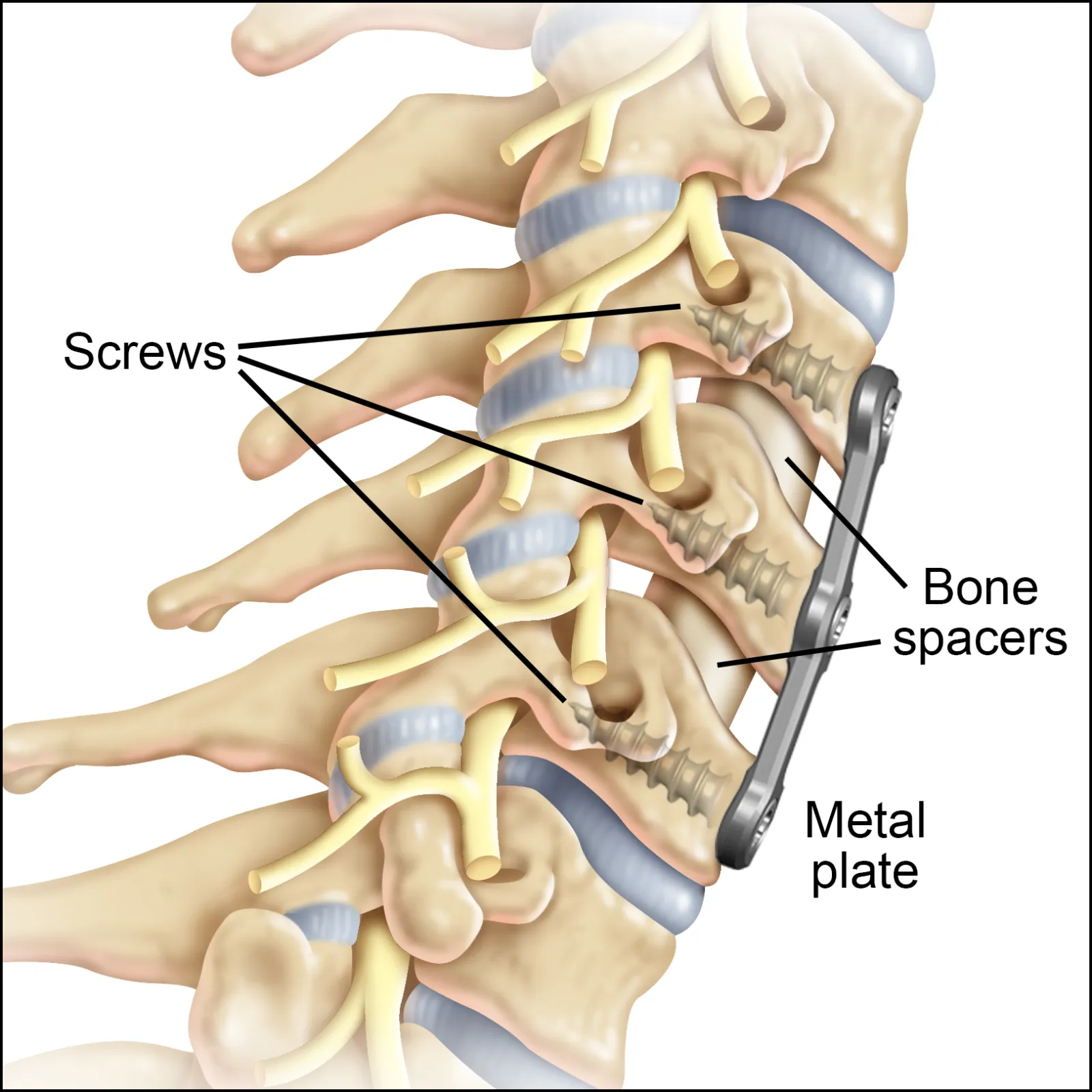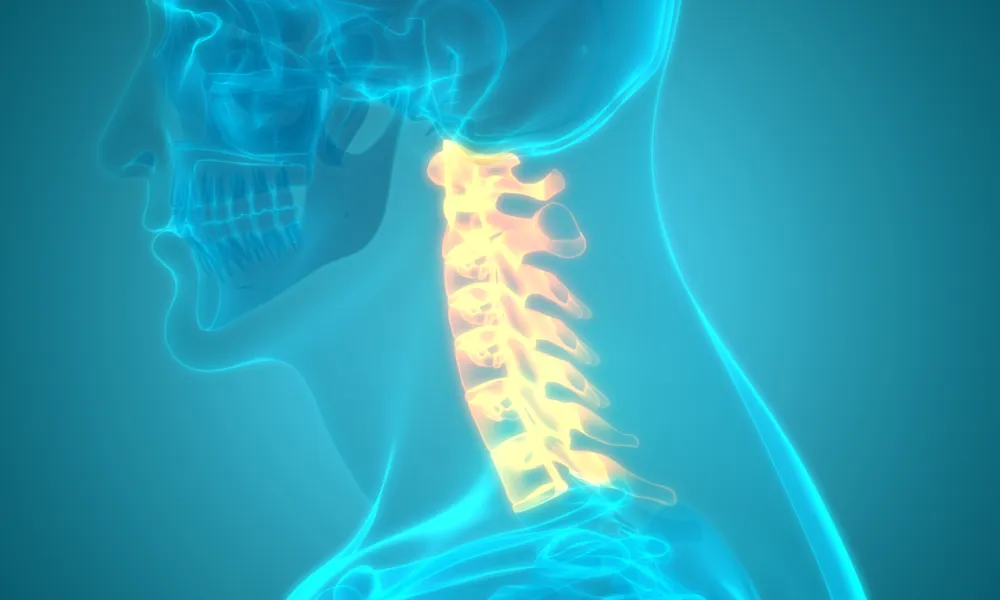The neck region (or cervical spine) contains the first seven spinal bones (or vertebrae). These vertebrae protect your nerves and spinal cord. They also support your skull and provide head movement. The cushions between the bones are known as the intervertebral discs, which are made of thick cartilage with an inner compressive material. These discs can degenerate leading to pain, weakness, and/or numbness or tingling into your neck, arms and shoulders.
When these symptoms occur, your physician will likely provide medications to ease the discomfort, provide physical therapy to strengthen the musculature and relieve the pain, and possibly send you for an injection to help diminish the inflammation around the nerves. If these treatments do not provide durable relief, you may consider surgery. Surgery may include an anterior cervical discectomy and fusion (ACDF) or possibly a cervical disc replacement.

While ACDF has long been considered the gold standard for treating cervical disc disease and nerve root inflammation, cervical disc replacement has been increasingly implemented. Cervical disc replacement allows more natural neck motion, lowers risk of reoperation, decreases adjacent segment wear and possibly allows quicker return to neck motion after surgery. In many cases, cervical disc arthroplasty may be the best option for the patient.
However, there are some considerations which may make ACDF a better option for some patients such as those with advanced spinal degeneration and arthritis/bone spurs or osteoporotic bones.

POA physician Dr. Nicholas Clark is trained in cervical disc replacement. If you are currently suffering from neck and arm pain, please call POA to schedule a consultation with Dr. Clark at 425-656-5060.

